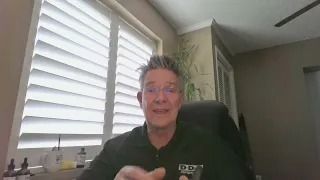Reversed Mortgages - Do You Have to Continue to Pay Your Property Taxes and Homeowner’s Insurance?
The answer is yes. If you take out a reverse mortgage, you are required to pay taxes and homeowner's insurance.
Reverse mortgages are a way to convert your home equity into cash or a stream of payments. For seniors, they can be a great way to get the money they need without needing to liquidate other assets or sell their home.
Your reverse mortgage eliminates your principle and interest payments if you currently have a mortgage, and you can use the monthly payments or lump sum payments to pay your taxes and homeowner's insurance.
With a reverse mortgage, you receive money in the form of a line of credit that is based on your home's value and how much equity you have in it. You can take out either a lump sum payment or monthly payments.

Remember, a reverse mortgage does not eliminate your obligation to pay property taxes and homeowner's insurance on your home. It only affects your monthly payments on your loan.
Reverse Mortgages: What They Are and How They Work
A reverse mortgage is a product offered by lenders that allows seniors to access the equity in their homes without selling them or moving out. The amount you receive from a reverse mortgage depends on how much equity you have in your home and how long you've been paying for it. You can use the money as lump sum payments or monthly payments.
You can use this money for any purpose you choose, such as paying off debt or helping with medical expenses. However, if you take out a reverse mortgage and fail to pay your taxes or homeowner's insurance, then your lender may foreclose on your home and take possession of it — even if they have not yet received any payments from you.
Want to learn more about your options?
Call us today at (727) 784-5555. Our Loan Officer Didier has 35 years of experience and knows how to walk clients through their options in terms they can understand.
If you have any questions about closing quickly, please feel free to ask using the form below.
Have A Question?
Use the form below and we will give your our expert answers!
Reverse Mortgage Ask A Question
Start Your Loan
with DDA todayYour local Mortgage Broker
Mortgage Broker Largo See our Reviews
Looking for more details? Listen to our extended podcast!
Check out our other helpful videos to learn more about credit and residential mortgages.





